LIGO’s Second Black Hole Merger Leaves No Doubt: Einstein Was Right!
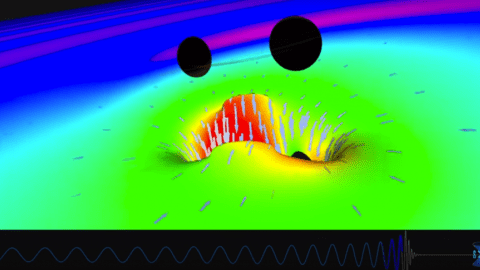
The detection of a second binary black hole merger officially begins the robust era of a new kind of astronomy.
“It turned out that nature was very kind, and there appear to be many of these black holes in the Universe and we were lucky enough to see one.”
–Dave Reitze, executive director of LIGO
For only the second time in human history, gravitational waves have been directly detected. This time, the merger of two lower mass black holes, of 14 and 8 solar masses, inspiraling and coalescing together, left a signal of 27 orbits spanning more than a second in both twin LIGO detectors, a second unambiguous signal in less than four months’ time.
On September 14, 2015, less than 72 hours after beginning operations, the Advanced LIGO detectors in Washington and Louisiana shocked the world by detecting two large black holes — 36 and 29 solar masses — merging together. The ripples propagating through space were so intense that even from over a billion light years away, the tiny mirrors in the LIGO apparatus shifted by thousandths of the width of a proton, vibrating back and forth ever so slightly over the span of perhaps 200 milliseconds. After months of checking their results, they made the indisputable claim: they had detected gravitational waves for the first time. 101 years after Einstein’s general theory of relativity was proposed, it passed with flying colors its most delicate, intricate test.
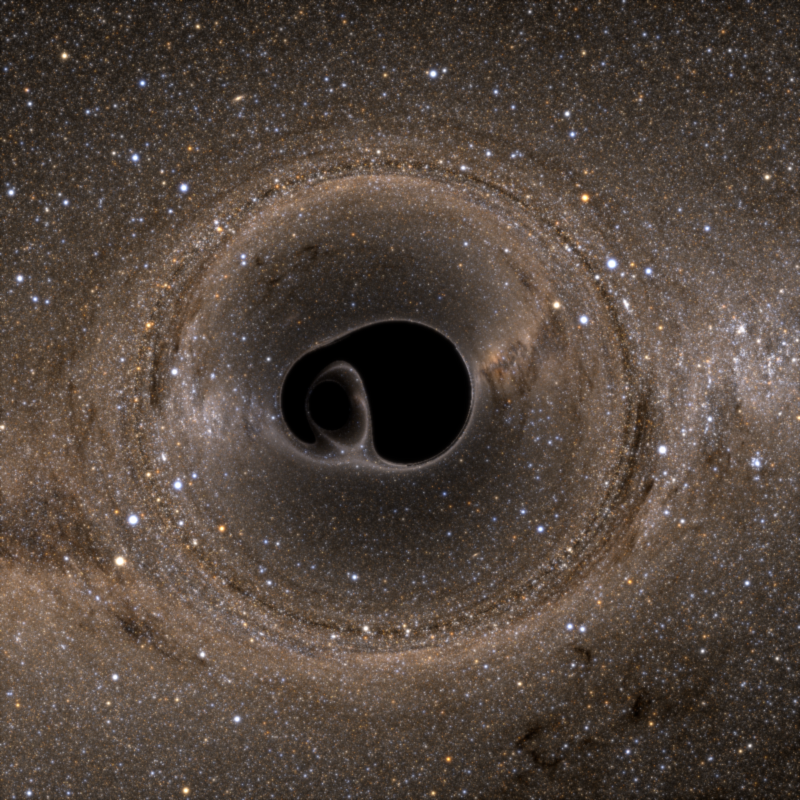
But what did this mean for the Universe? Were these heavier-than-expected black holes the norm, and did we not understand how they formed as well as we thought? Was this event a fluke, the once-in-a-lifetime event that we just happened to tune into at the right time? Or would there be more events coming: more black hole-black hole mergers closer to the 10 solar mass range, as predicted, after all? On December 26, 2015 — the day after Christmas — the Universe obliged us with another gift: two black holes, 14 and 8 solar masses apiece, merged together from 1.4 billion light years away. The gravitational wave signal, named GW151226 (for its birthday), was again unambiguous.
This event was even more distant than the first merger, and yet the signal was both stronger and longer-lasting, appearing for more than five times the duration in the LIGO detectors compared with September’s signal. The reason? A counterintuitive curiosity of General Relativity teaches us that the more massive a black hole is, the less the amount of curvature is surrounding its event horizon. A black hole that’s 8 solar masses has an event horizon that’s only 22% the physical size of a black hole coming in at 36 solar masses, meaning that we can get much, much closer to those strongly curved regions of space with this event than with the previous one. In total, 27 orbits of the inspiral were observed before the merger finally took place.

And again, just like last time, about 5% of the combined mass was radiated away in the form of gravitational waves. Thanks to Einstein’s E = mc^2, this invisible radiation carried so much energy that, during this brief time period, more energy was released than from all the stars in the visible Universe combined. “It is very significant that these black holes were much less massive than those observed in the first detection,” says Gabriela González, the spokesperson of LIGO. “Because of their lighter masses compared to the first detection, they spent more time — about one second — in the sensitive band of the detectors.” Our longstanding quest to map the invisible behemoths of the Universe, the relic black holes from long dead stars, is off to a flying start. Despite being nearly 3,000 kilometers apart, the two detectors saw the signals arrive offset by just 1.1 milliseconds, telling us that the merger occurred nearly perpendicular to the line-of-sight connecting Hanford, WA to Livingston, LA.
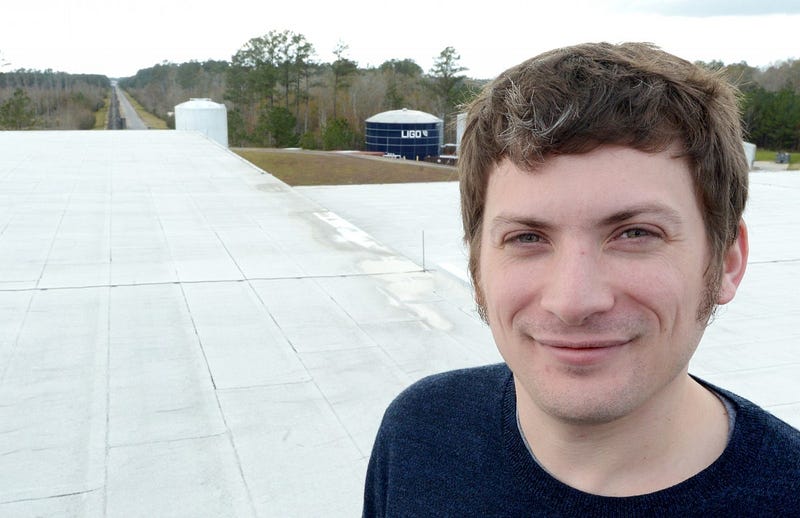
In addition, a third candidate event appears in the data on October 2, 2015, meaning that in the first calendar year of its operation, up to three merging black hole pairs have been seen. “I would never have guessed that we would be so fortunate to have, not only one, but two definitive binary black-hole detections within the first few months of observations,” said LIGO member Chad Hanna. If what we’ve seen so far is representative of what’s actually present in our Universe, we might expect a black hole-black hole merger as frequently as once every month or two in the LIGO detectors. Soon, perhaps as early as next year, the VIRGO detector in Italy will begin taking data as well, allowing for true triangulation and a much more robust determination of the location of these mergers in space. The ultimate dream is to use these detections as a trigger, enabling optical, X-ray and other traditional telescopes to do follow-up observations in almost real-time.

“The Penn State Gravitational-wave Group, led by Chad Hanna, was right in the heart of LIGO’s second detection,” lauded LIGO’s executive director, Dave Reitze. “The analysis codes developed by Chad and his group identified the gravitational wave within a few minutes after it was detected by the LIGO interferometers. This ability to identify gravitational wave event candidates on short time scales is the key to one of LIGO’s primary science goals in the future — joint observations of high-energy astrophysical phenomena with LIGO and electromagnetic telescopes.”
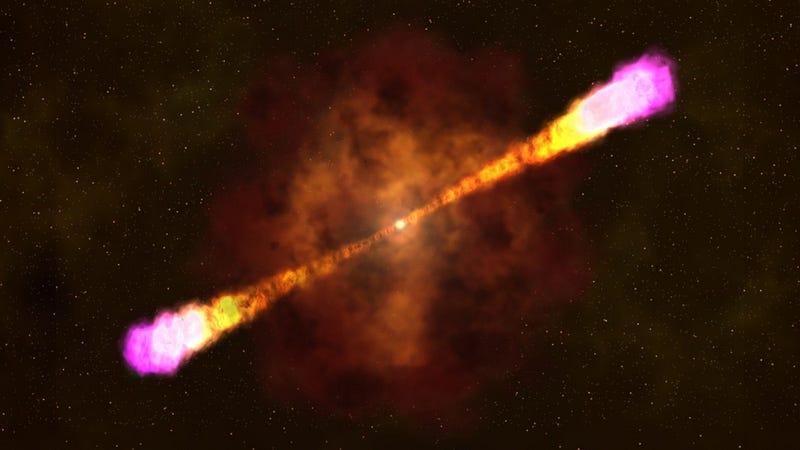
Beginning this fall, with LIGO presently undergoing an upgrade to become even more sensitive, another data-taking run will begin. This time, approximately double the volume of the Universe will be accessible to our first successful gravitational wave observatories. As we accumulate more and more of these events with better and better observations, we not only learn how many orbiting, inspiraling and merging black holes there are in our Universe, but we learn all sorts of novel information we couldn’t have obtained any other way. “GW151226 perfectly matches our theoretical predictions for how two black holes move around each other for several tens of orbits and ultimately merge,” scientist Alessandra Buonanno said. “Remarkably, we could also infer that at least one of the two black holes in the binary was spinning.”
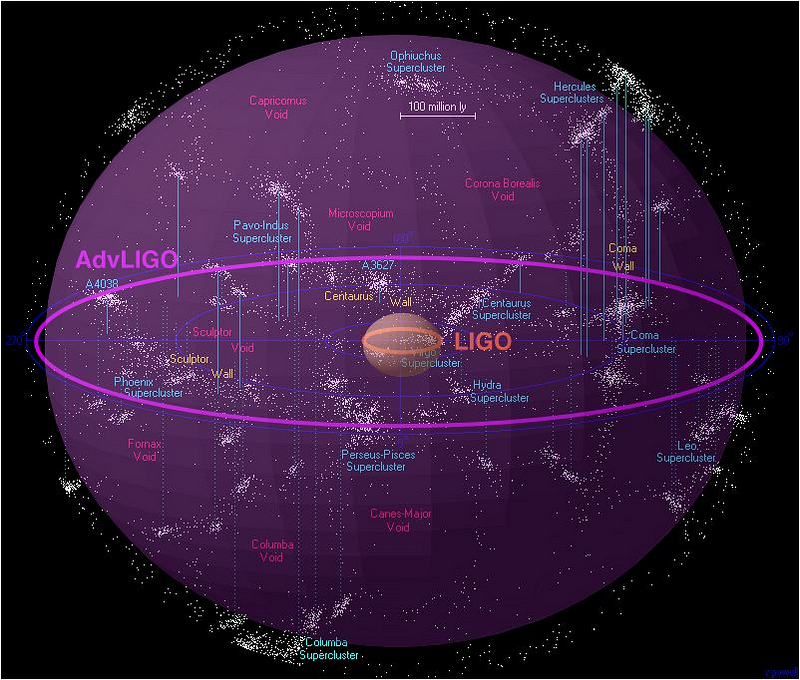
With the Advanced LIGO detectors continuing to improve, the VIRGO detector in Italy coming online and upcoming gravitational wave interferometers slated to be built in both Japan and India, we’re finally making direct observations of the invisible Universe. We’re not merely gathering light and inferring what must be there indirectly; we’re measuring the ripples in the fabric of space itself. For the first time in human history, we’re engaging in astronomy without a telescope at all. For the first time, an astronomical observatory is detecting signals where no light is emitted or absorbed. Einstein was right again, and over 100 years after he formulated his greatest theory, we’re all sharing in its riches.
This post first appeared at Forbes, and is brought to you ad-free by our Patreon supporters. Comment on our forum, & buy our first book: Beyond The Galaxy!





